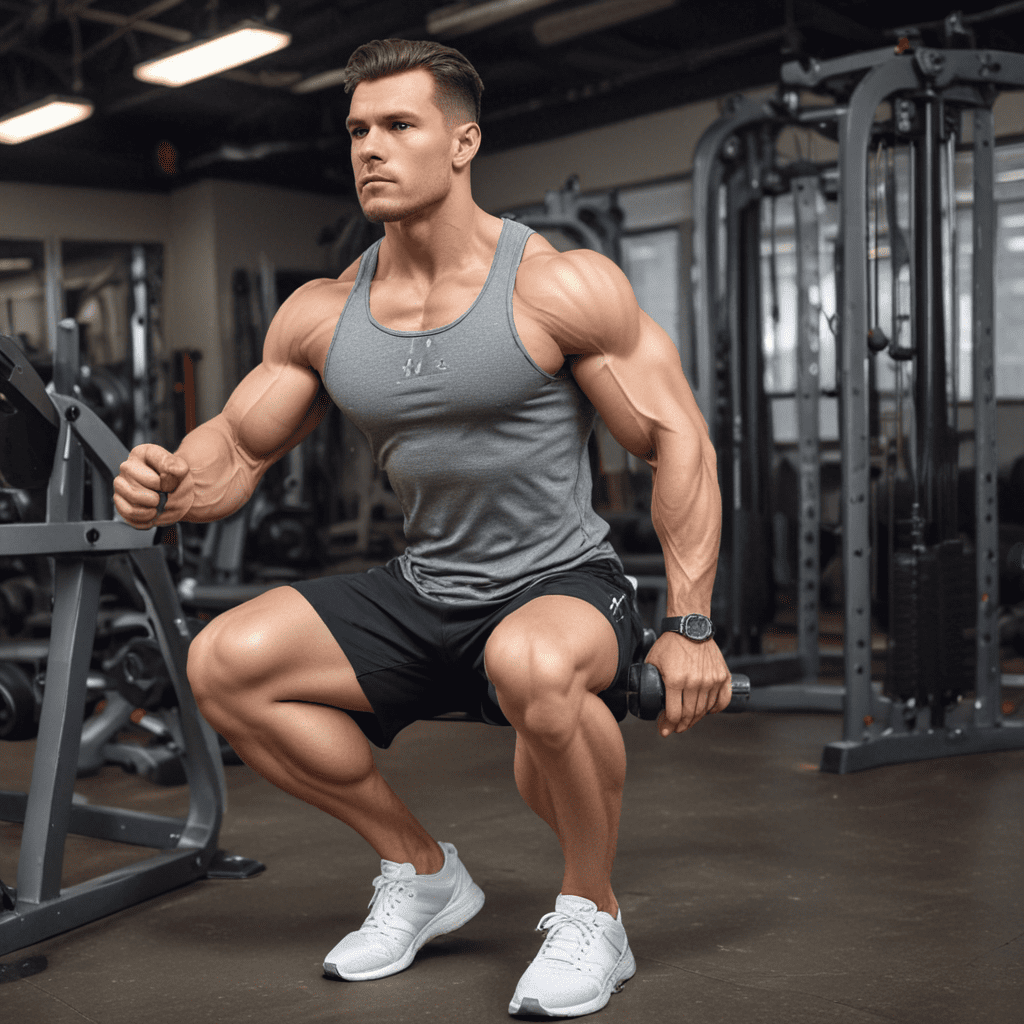
Dynamic Warm-Up Routines for Injury Prevention and Performance at Home
Introduction
Dynamic warm-up routines are essential for preparing your body before engaging in physical activities to prevent injuries and enhance performance. Performing these routines at home can be convenient and effective, catering to your fitness goals without the need for specialized equipment.
Benefits of Dynamic Warm-Ups
Dynamic warm-ups help increase blood flow to your muscles, improve flexibility, enhance range of motion, and elevate your heart rate gradually. By mimicking movements specific to your upcoming workout, dynamic warm-ups prepare your body for the physical demands, reducing the risk of strains or sprains.
Components of a Dynamic Warm-Up
A comprehensive dynamic warm-up includes various movements such as leg swings, arm circles, lunges, high knees, and trunk rotations. These exercises target different muscle groups, ensuring your entire body is primed for the activity ahead.
Sample Dynamic Warm-Up Routine
1. Arm Circles: Stand with your arms extended to the sides, making circular motions to warm up the shoulder joints.
2. Leg Swings: Hold onto a stable surface and swing one leg forward and backward to loosen up the hip flexors and hamstrings.
3. High Knees: Jog in place while lifting your knees towards your chest, engaging your core and warming up the lower body.
4. Lunges: Step forward with one leg, lowering your body until both knees are at a 90-degree angle, alternating legs to stretch the hip flexors and quads.
5. Trunk Rotations: Stand with your feet shoulder-width apart and twist your torso from side to side to mobilize the spine.
Tips for Effective Warm-Ups
– Tailor your warm-up to the specific activity you will be doing.
– Focus on quality movements and proper form to maximize effectiveness.
– Gradually increase the intensity of your warm-up to match the intensity of your workout.
– Listen to your body and modify exercises if you experience any discomfort.
Conclusion
Dynamic warm-up routines play a crucial role in injury prevention and performance enhancement, whether you are working out at home or in a gym. By incorporating dynamic movements that target major muscle groups, you set yourself up for a safe and productive exercise session. Make sure to prioritize warm-ups in your fitness regimen to reap the full benefits of your workouts.
Frequently Asked Questions (FAQ) about Dynamic Warm-Up Routines
What are Dynamic Warm-Up Routines?
Dynamic warm-up routines are a series of active movements that aim to increase blood flow, loosen muscles, and prepare the body for physical activity. These movements are typically done before exercising to enhance performance and reduce the risk of injury.
Why are Dynamic Warm-Up Routines Important for Injury Prevention?
Dynamic warm-ups help to increase muscle temperature, improve flexibility, and enhance neuromuscular function. By properly warming up the body through dynamic movements, the risk of injuries such as muscle strains or sprains is minimized during physical activity.
How Can Dynamic Warm-Up Routines Improve Performance?
Dynamic warm-up routines help to activate the muscles needed for the specific activity, improve joint range of motion, and enhance coordination and balance. By priming the body for movement, performance during exercise or sports can be optimized.
Can Dynamic Warm-Up Routines be Done at Home?
Yes, dynamic warm-up routines can be easily performed at home with minimal or no equipment. Simple movements such as leg swings, arm circles, high knees, and lunges can effectively warm up the body before engaging in any physical activity.
How Long Should a Dynamic Warm-Up Routine Last?
A dynamic warm-up routine should ideally last between 5 to 10 minutes. It


